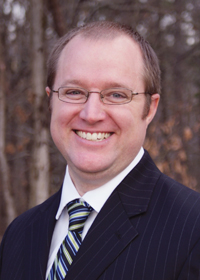
Journal Notes—September 2018
by Michael Hamline, Editor/ Published September 2018

This September issue features the Florida Community Association Professionals (FCAP) Catalog. What is FCAP and what does the FCAP Catalog contain, you may be asking? I’m so glad you asked, and I am happy to provide you with answers to both questions.
FCAP is the only statewide member organization dedicated to serving the community association industry. With more than 2,600 members located throughout the state, it serves the industry by training and equipping community association professionals with up-to-date educational materials. Training is offered in the form of “CEUs From Home” or the more rigorous Florida Advanced CAM Studies (FACS) courses. The FACS online courses are divided into eight modules, which can be taken individually as time allows, but they must be completed within 12 months of starting. To learn more about the courses and what FCAP has to offer, turn to page 33.
The FCAP Directory lists the service provider members under a main service category with their contact information for easy follow-up. The Catalog also contains the titles of all the CEUs available, the eight modules available for FACS, and the names of the individuals and companies who contributed to the CEUs and FACS courses. There is a plethora of useful information provided.
This month also features several important legal articles. Susan C. Odess is with the law firm of Siegfried, Rivera, Hyman, Lerner, De La Torre, Mars & Sobel and writes on page 12 about avoiding the many flaws Hurricane Irma has exposed in the approach condominium associations have taken in handling storm-related insurance claims.
Ryan D. Poliakoff with the law firm Backer Aboud Poliakoff & Foelster in his column on page 16 clarifies the situation of community association boards of directors and term limits.
Amy D. Boggs of The Law Office of Amy Boggs explains how coverage limits and deductibles in community association insurance policies work on page 20.
In his column on page 26, Michael Gelfand of Gelfand & Arpe P.A. answers questions on disorderly conduct at association board meetings and if the behavior is criminal. He also provides an answer to the question, when can an employer be held liable for assault and battery committed by an employee?
Finally, Donna DiMaggio Berger with the community association law firm of Becker looks into what community associations can expect from the next generation of their boards of directors on page 30.
FLCAJ wishes everyone a Happy Labor Day, and please drop us a line when you can.
Editor

